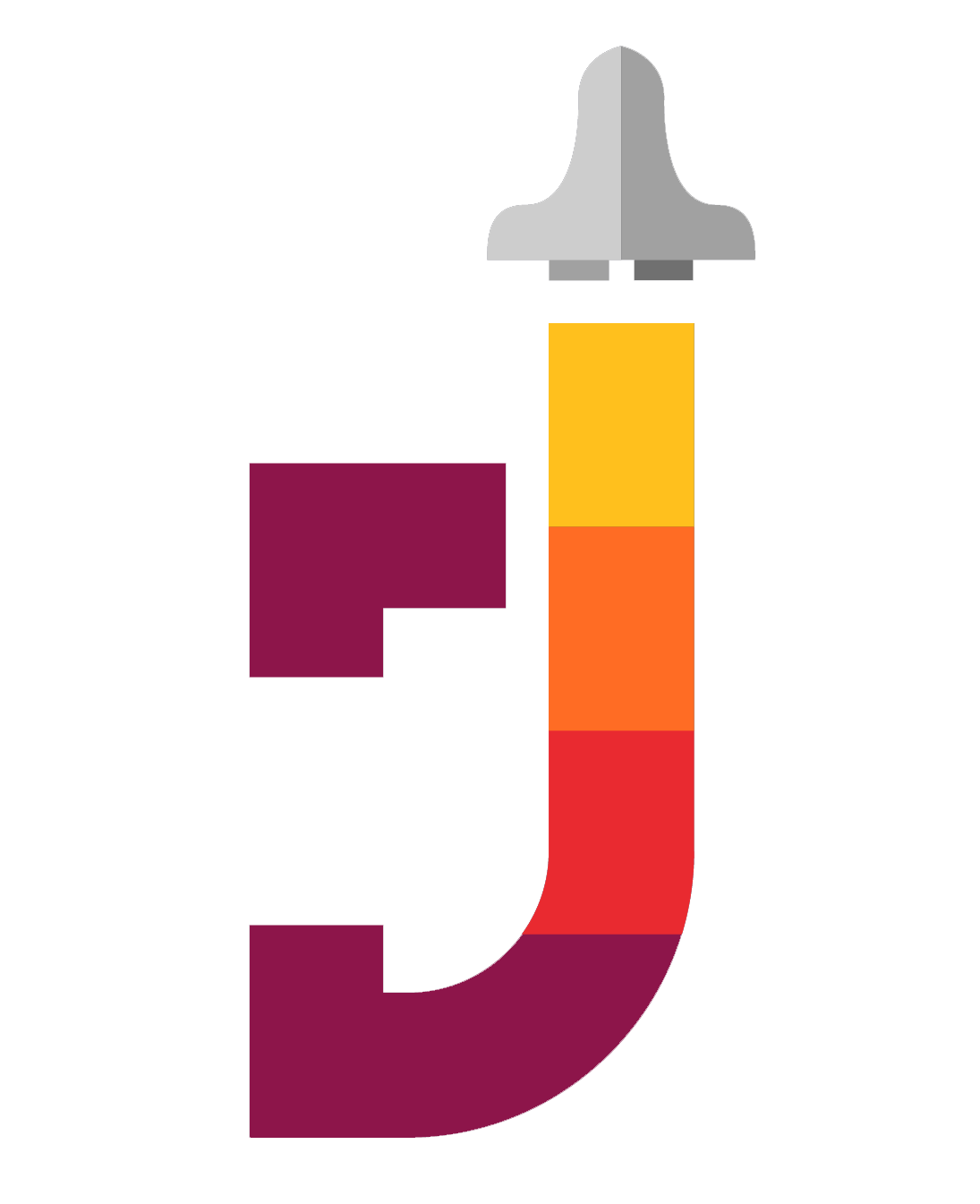📖 Article Content 📖
For those wondering about the ins and outs of driving with ride-share apps, especially if you're thinking about a different kind of experience, there's a lot to consider. Many folks who spend their days on the road with services like Uber XL, Uber Black, or even Uber SUV in places like New York City might find a particular platform, Juno, offers a rather distinct approach. It’s a bit different from the usual, you know, and it seems to draw a certain kind of driver who's looking for something more collaborative.
It seems Juno really tries to build a sense of community, a feeling of working together to create something good, which is a pretty unique angle in this whole gig economy. This might not be for everyone, particularly if your usual vehicle is something like an X Camry, unless you've already got some miles under your belt with those other, bigger service levels. It’s more about a shared goal, in some respects, than just picking up fares.
There's been quite a bit of chat about it, with many people sharing their experiences and thoughts. The discussions often point to how it stacks up against the bigger names, and what it truly means for drivers on the ground, so it's almost worth exploring what this platform really brings to the table.
- Layla Jenner Podcast
- Bitch Is This Cake
- You Have Been Promoted
- Evil Teletubbies Every Teletubby Character As A Scary Halloween Costume
- Giyuus Punishment Comic
Table of Contents
- What is Juno Pose - A Collaborative Approach
- Who Benefits from the Juno Pose?
- What is Juno Pose - The Algorithmic Experience
- How Does the Juno Pose Affect Earnings?
- What is Juno Pose - Driver Encounters
- Are There Differences in Passenger Behavior with the Juno Pose?
- What is Juno Pose - Moving Beyond App Driving
- What is Juno Pose - Building Together
What is Juno Pose - A Collaborative Approach
Juno, it seems, truly centers its whole operation around the idea of folks working side by side to create something worthwhile. This outlook, you see, moves beyond just a simple transaction between a driver and a passenger. It’s about cultivating a shared objective, a common purpose that aims to improve the experience for everyone involved. Drivers, in this setup, are encouraged to feel like they are contributing to something bigger, something that has a collective spirit rather than just being a solitary venture. This kind of setup, actually, aims to foster a sense of belonging among its driving partners, making the daily grind feel a little less isolating and a little more connected.
The company's whole philosophy appears to be rooted in this idea of joint effort, as if everyone is pulling in the same direction. This is a bit different from some of the other services out there, which sometimes feel like a very individual pursuit. When you consider the daily grind of driving, having that sense of shared purpose could be a really significant motivator. It suggests that the platform values the input and participation of its drivers, rather than just seeing them as independent contractors. So, you know, it’s a posture of partnership, truly.
This collaborative way of operating, in a way, tries to make the working arrangement feel more like a team effort. It’s not just about getting from point A to point B; it’s about the journey and the people who make it happen. The aim is to build something lasting and beneficial for the entire community of users and drivers. This approach, you might say, is a core part of what Juno is all about, shaping how it interacts with its drivers and how they, in turn, view their role. It’s a pretty distinct stance, really, that sets it apart from many of its competitors.
- Captain Underpants Kids Walking Into School
- Joey King Met Gala
- Tyler Baltierra Dad Passed Away
- Best Celtic Salt
- Ilona Maher A Man
Who Benefits from the Juno Pose?
When we look at who seems to get the most out of the Juno approach, it becomes pretty clear that it’s generally aimed at those who operate larger vehicles for ride services. This means people who are behind the wheel of an Uber XL, an Uber Black, or perhaps an Uber SUV in a bustling place like New York City. These are the drivers, you know, who are accustomed to handling bigger cars and often catering to a different kind of customer base. It’s almost as if the platform is specifically set up to complement their existing operations, providing another avenue for their particular type of service.
If you typically drive a standard sedan, like an X Camry, this particular opportunity might not fit so well, unless you have a good background working with those different service tiers. It's not that it's impossible, but the system appears to be more aligned with the needs and capabilities of those operating more spacious or luxury vehicles. This distinction is quite important, actually, because it shapes the kind of work available and the expectations for drivers joining the platform. So, it's not a one-size-fits-all kind of deal, which is pretty typical for specialized services.
The emphasis on these particular vehicle types suggests that Juno might be aiming for a specific segment of the ride-share market. Perhaps it's about providing a more premium or comfortable ride, or maybe it’s just about serving a niche where larger vehicles are in higher demand. For drivers already equipped for these bigger jobs, it could be a really good addition to their existing work. It’s about finding the right fit, you know, for your vehicle and your driving style, which is a key part of making any gig work for you. That, in some respects, is the core of what the Juno pose means for driver suitability.
What is Juno Pose - The Algorithmic Experience
One aspect that often comes up in conversations about ride-share platforms, and this includes Juno, is the experience of having computer programs direct your work. There’s been quite a bit of discussion, based on what people say, about how drivers feel when algorithms manage their daily tasks. A study looking at Uber drivers, for example, pointed out that many people really dislike having these automated systems tell them what to do. It can feel, you know, like a lack of personal control over their own working day, which is a big deal for many independent contractors.
This feeling of being directed by unseen code can lead to a sense of frustration for some drivers. They might prefer more direct human interaction or a greater say in their assignments and schedules. When a computer program decides everything from where to go next to how much a trip is worth, it removes a lot of the personal agency that people often seek in self-employment. So, it’s a significant point of contention for many who earn their living this way. This is, actually, a critical part of what the Juno pose means for driver autonomy.
The impact of algorithmic management is something that platforms like Juno, and others such as Via, are constantly navigating. It’s a balancing act between efficiency and driver satisfaction. While these systems can streamline operations, they also need to consider the human element and how drivers perceive this kind of oversight. Understanding this dynamic is pretty crucial for anyone considering working with these services, as it directly influences the day-to-day work experience. It's a complex issue, really, that continues to shape the future of these kinds of jobs.
How Does the Juno Pose Affect Earnings?
For many drivers, a crucial question about any ride-share platform revolves around how it impacts their income. When it comes to Juno, particularly in areas like the Bronx and deep Brooklyn, the general sentiment suggests it can be quite beneficial for earnings. People often report that it frequently brings in around three hundred dollars each week for them. This kind of consistent income, you know, can be a pretty solid foundation for a driver's weekly take-home pay, especially when compared to other options available.
What seems to contribute to these positive earning figures are a few key factors. There's often fewer cars on the road, which means less time spent sitting in traffic jams. This can make the driving experience much more pleasant and less stressful. Additionally, the trips tend to cover more distance, meaning longer rides that often translate into higher fares per journey. And, in some respects, there are considerably fewer people working for Juno in these areas, which means less competition for available rides. These elements combined, you see, often make for a rather good arrangement for drivers.
The pattern of earning a solid amount continues into the weekend, with many drivers consistently bringing in three hundred dollars and sometimes even more during those busier days. This consistent weekend income can be a really attractive feature for those looking to maximize their earnings without necessarily working incredibly long hours during the week. It appears to be a reliable source of funds, which is pretty important for financial planning. So, the earning potential, in a way, is a significant part of what the Juno pose offers its drivers.
What is Juno Pose - Driver Encounters
A big part of any ride-share driver's day involves their usual interactions with the people they pick up. For Juno drivers, just like those on Uber or Lyft, these encounters can vary widely. There's always the question of how often you might need to ask riders to leave for inappropriate reasons or challenging behavior. It's a reality of the job, you know, that sometimes things don't go smoothly, and a driver has to take a firm stand to maintain safety and respect in their vehicle. This is a common concern for anyone in this line of work, regardless of the app they use.
Drivers often wonder if there are any distinct differences in the behavior of passengers across the various platforms. Do Juno riders, for instance, act differently than those who use Uber or Lyft? This is a point of curiosity, as the type of service or the way a company operates could, arguably, attract a certain kind of customer. Some drivers might find one platform's clientele to be generally more polite or, conversely, more demanding. It’s something that drivers learn through their own experiences on the road, really, and it can shape their preferences for which app they prefer to use.
Then there are the more lighthearted, yet memorable, interactions. Sometimes, drivers pick up people with names that are just plain funny or quite unique. These moments can certainly add a bit of humor to an otherwise routine day. Whether it's a silly name or a surprisingly pleasant chat, these small details contribute to the overall fabric of a driver's experience. It’s these kinds of varied interactions, you see, that make each day on the road a little bit different and, in some respects, a little less predictable. This forms a key part of what the Juno pose means for daily driver life.
Are There Differences in Passenger Behavior with the Juno Pose?
It's a question many drivers ponder: does the specific app you're driving for influence the behavior of the people you pick up? When we consider the Juno approach, compared to, say, Uber or Lyft, there's often curiosity about whether the riders are truly any different. Some drivers might report subtle distinctions, perhaps a general demeanor or certain expectations that seem more prevalent on one platform versus another. For example, some might say that riders using a service known for luxury vehicles tend to be more reserved, while others on a budget-friendly service might be more chatty. It's a matter of perception, you know, based on countless individual interactions.
The way a platform presents itself, or the type of service it primarily offers, could potentially attract a certain kind of passenger. If Juno emphasizes a collaborative, community-focused approach, it might, in theory, appeal to riders who value that same spirit. However, in the fast-paced environment of ride-sharing, passenger behavior is probably more influenced by individual personality and immediate circumstances than by the specific app logo. So, while drivers might have their own anecdotal observations, it's hard to say definitively that one app's passengers are fundamentally different from another's. It's something that just varies, really, from ride to ride.
Ultimately, a driver's ability to handle a wide range of personalities and situations is what truly matters, regardless of which app they're using. Whether a passenger has a funny name or is being a bit difficult, the core skills of professionalism and good communication remain the same. The "Juno pose" for a driver, in this context, is about maintaining composure and providing a good service no matter who steps into the car. It's about adapting to the moment, which is a pretty crucial skill for anyone working with the public. That, actually, is a constant challenge and opportunity.
What is Juno Pose - Moving Beyond App Driving
For some drivers, the experience with app-based companies, including Juno, eventually leads to a desire for something different. There comes a point where working long hours, often twelve hours a day or more, for a fluctuating income, starts to lose its appeal. Many individuals who have spent time in this line of work eventually begin considering other paths, seeking out opportunities that might offer more stability, greater earnings, or simply a better work-life balance. It’s a natural progression, you know, for people to look for ways to improve their working lives.
One common reason for this shift is the realization that a different kind of job could potentially provide significantly more money without requiring the same intense commitment of time. Imagine earning a much higher income without needing to be on the road for such extended periods. This kind of prospect is very appealing to those who have experienced the demands of ride-share driving firsthand. It speaks to a desire for a different kind of financial freedom and a less physically taxing way to earn a living. So, this transition is often driven by a clear economic incentive.
This movement away from app companies reflects a broader trend where individuals evaluate their career choices and decide to pursue something that aligns better with their long-term goals. It's about seeking out a new line of work that offers greater personal and financial rewards, allowing them to step back from the constant grind of driving. For many, this decision marks a significant turning point, representing a fresh start and a chance to build a more sustainable future. This, in a way, is a personal interpretation of what the Juno pose means for career progression.
What is Juno Pose - Building Together
At its heart, the entire philosophy of Juno, as it appears, truly centers on the idea of creating something really good as a team. This isn't just about individual drivers picking up fares; it's about fostering a shared sense of purpose and working collectively. The company seems to emphasize that everyone involved, from the platform itself to the people behind the wheel, is contributing to a larger project. This focus on collaboration is a pretty distinctive characteristic, you know, in a market often dominated by more transactional relationships.
This approach aims to cultivate a feeling of community among its driving partners, suggesting that their efforts are part of a joint venture rather than just solitary work. It’s about building a service that benefits everyone, with the idea that when people work together, the outcome is better for all. This collaborative spirit, in some respects, is meant to make drivers feel more invested in the platform's success and less like just another cog in a machine. It's a way of trying to differentiate itself, actually, by promoting a more connected working environment.
The continuous emphasis on this shared effort shapes how Juno operates and how its drivers experience their daily tasks. It’s a commitment to growing and improving as a collective, with the belief that mutual support leads to stronger results. This core principle, you might say, is a fundamental part of what the Juno pose represents. It’s about the power of working side by side, creating something worthwhile that everyone can be proud of, which is a pretty strong message in the competitive world of ride services.



